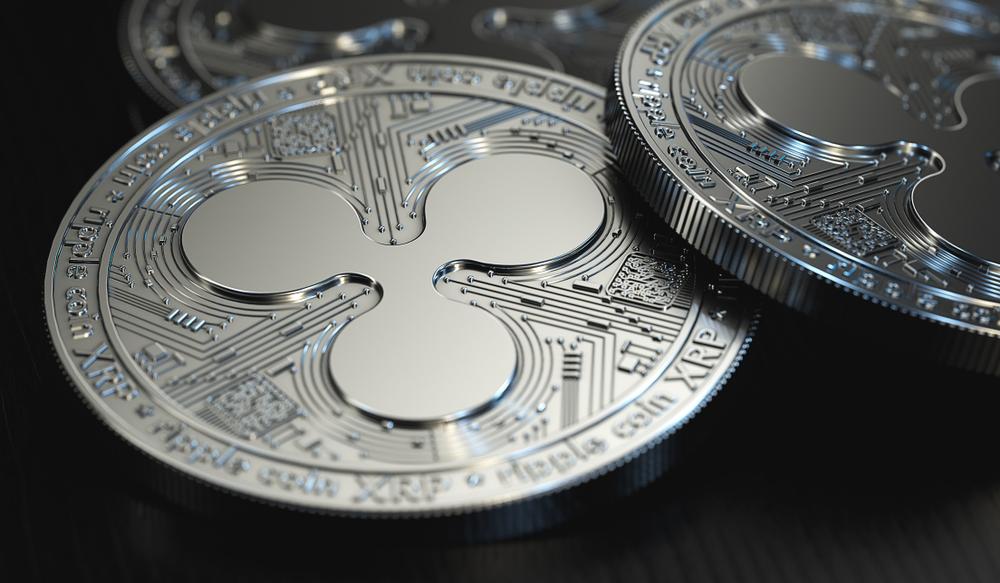- Financial institutions, including banks and crypto companies, are likely to benefit significantly from the adoption of ISO 20022.
- ISO-compliant cryptocurrencies could gain approval from central banks, potentially facilitating crypto payments and increasing integration with traditional financial systems like Visa and MasterCard.
As the adoption of cryptocurrencies continues to grow across the world, more and more digital assets are becoming part of the ISO 20022 crypto list. The latest to join this list are some of the top altcoins like Ripple (XRP), Hedera (HBAR), Stellar (XLM), and Cardano (ADA).

The ISO 20022 crypto-list comprises digital coins and tokens that adhere to the International Organization for Standardization (ISO) standards 20022. Also, these ISO 20022-compliant cryptocurrencies are likely to become part of a new financial system. Furthermore, speculations are that these cryptocurrencies may experience a significant price surge upon the full implementation of this standard.
ISO 20022 stands as a globally recognized protocol that offers a secure and standardized means of exchanging financial messages among entities in the payment industry. It aims to replace the aging SWIFT financial messaging system, which has been the backbone for global payments in the banking and financial sector for over half a century.
Also, this standard effectively addresses the requirement of financial service organizations aiming to establish a universally accepted messaging language. This common language permits them to integrate their business procedures and engage in seamless collaboration with their partners on a unified platform.
Financial institutions including banks, cryptocurrency companies, and stock brokers will reap substantial benefits from the adoption of ISO 20022.
ISO 20022-Compliant Cryptocurrencies
A cryptocurrency that adheres to the ISO 20022 standard stands a chance to gain approval from a central bank, thereby facilitating crypto payments. The adoption of ISO-compliant crypto identifiers will further revolutionize the utilization of cryptocurrencies.
Furthermore, should ISO provide an official code for cryptocurrencies, such as Bitcoin or Ether (ETH), these digital assets will find their place in the databases of leading financial institutions like Visa and MasterCard.Currently, there are nine cryptocurrencies that are ISO 20022-compliant. However, for now, we will be looking at the four mentioned above.
- Ripple: Ripple (XRP) is a cryptocurrency and payment protocol designed for global financial transactions. It uses the Ripple Protocol Consensus Algorithm (RPCA) for fast, energy-efficient validation. Ripple focuses on cross-border payments and remittances for banks, offering an alternative to Swift. XRP serves as a bridge currency within the Ripple network, enabling easy exchange between fiat currencies.
RippleNet connects banks and payment providers globally for swift, low-cost cross-border transactions. Their tech also aims to speed up settlements and reduce costs, fostering financial transparency. While regulatory issues have caused legal disputes and price fluctuations, Ripple continues to enhance cross-border payments. - Hedera (HBAR): Hedera Hashgraph (HBAR) is a decentralized public network using the Hashgraph consensus algorithm for high scalability, security, and fairness. It enables decentralized applications (dApps) across multiple industries. Unlike traditional blockchains, it employs a directed acyclic graph (DAG) structure for fast consensus, leading to rapid transactions and minimal energy use.
HBAR, the native cryptocurrency, pays for fees, secures the network through staking, and aids in consensus. Besides, HBAR’s fixed supply and deflationary aspects add to its value. Hedera features a council of trusted enterprises for governance, balancing decentralization and practicality, making it appealing for scalable, secure dApps and services. - Stellar (XLM): Stellar (XLM) is a cryptocurrency and decentralized payment platform for fast, affordable cross-border transactions and financial inclusion. Derived from Ripple, it aims to connect financial institutions and users globally, simplifying cross-border money transfers and financial service access. Stellar employs the Stellar Consensus Protocol (SCP) for quick confirmation through trusted nodes, without energy-intensive mining.
Lumens (XLM), the core cryptocurrency, act as bridge assets for seamless currency exchange and security enforcement. Stellar also excels in micropayments and decentralized asset issuance, suitable for remittances, tokenized assets, and enhancing financial access in underserved regions. Its open approach supports an inclusive global financial ecosystem. - Cardano: Cardano (ADA) is a research-based blockchain platform designed for secure, scalable decentralized applications (dApps) and smart contracts. It addresses blockchain limitations with a focus on scalability, sustainability, and interoperability. Cardano also consists of two layers: the Cardano Settlement Layer (CSL) for transactions and the Cardano Computation Layer (CCL) for smart contracts. It employs the Ouroboros proof-of-stake consensus for security and energy efficiency, allowing token holders to stake ADA for rewards.
Crypto News Flash does not endorse and is not responsible for or liable for any content, accuracy, quality, advertising, products, or other materials on this page. Readers should do their own research before taking any actions related to cryptocurrencies. Crypto News Flash is not responsible, directly or indirectly, for any damage or loss caused or alleged to be caused by or in connection with the use of or reliance on any content, goods, or services mentioned.
Credit: Source link






























